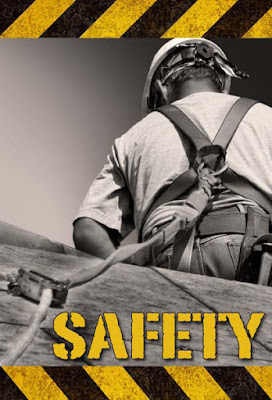Integration of Design Safety into Curricula in the Undergraduate Programs: The Academician Perspective
The current and
growing construction industry in Malaysia has led to increasing of accidents
related to construction workers. In an attempt to decrease accidents on site,
the design safety concept is the most suitable measures to date. Though the
impact is evident and potential benefits of its implementation are apparent,
widespread application of this intervention in the Malaysia’s construction
industry is currently lacking, especially in the academic sector. Therefore,
this paper aimed to explore the integration of safety and health to the current
curricula focusing on the engineering programs and their perceptions towards
design safety concept and its implementation.
The types of design
disciplines included in the research study were limited to academicians. A
total of 72 respondents received via questionnaire and the responses were
scored on a 5-point Likert Scale to express their level of agreement. The
respondents had varied backgrounds representing a variety of expertise, durations
of work experience and their role in the academic position.
The mean score for
current education culture among academicians was 2.43. This below average value
indicated that academicians mostly did not agree that their current lectures or
teaching system involved design safety concept. And the results of current
health and safety integration also showed that the adequacy of health and
safety content in the current curricula was low (2.5972) that led to graduates
with low knowledge on the construction legislations and regulations (2.6389). Besides,
although majority agreed on the positive effect of design safety towards
accidents on site, there was still minority who believed that
the concept had no significant effect towards site safety.
This paper concluded
that there was no major impediment from the academic sector on the
implementation and integration of design safety concept to the undergraduate
curricula. The implementation of design safety should be in a well-organized
structure for effective results towards zero accident as well as increase the
designers’ value in the construction industry.
Article by Mohd
Saidin Misnan, et al, from Universiti Teknologi Malaysia, Johor Bahru, Malaysia.
Full access: http://mrw.so/5jRLe

评论
发表评论